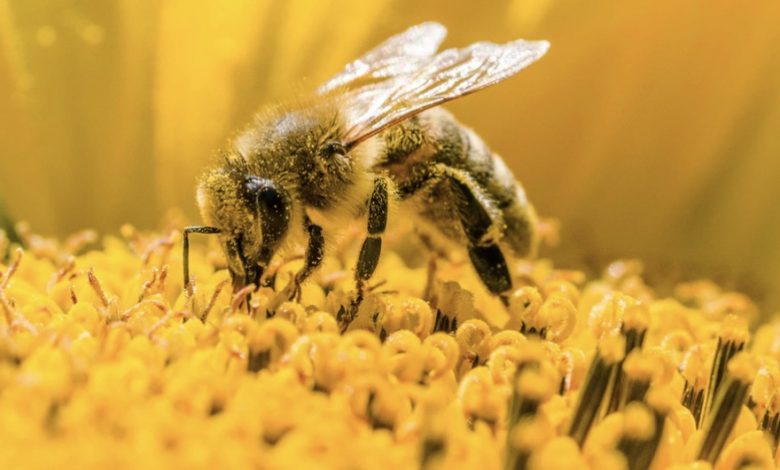The ancestors of bees

Evolution
Melittosphex burmensis, a fossil bee preserved in Burmese amber from the Early Cretaceous (100 to 145 million years ago) of Myanmar
The ancestors of bees were wasps in the family Crabronidae, which were predators of other insects. The switch from insect prey to pollen may have resulted from the consumption of prey insects which were flower visitors and were partially covered w
ith pollen when they were fed to the wasp larvae. This same evolutionary scenario may have occurred within the vespoid wasps, whe
re the pollen wasps evolved from predatory ancestors. Until recently, the oldest non-compression bee fossil had been found in New Jersey amber, Cretotrigona prisca of Cretaceous age, a corbiculate bee.[5] A bee fossil from the early Cretaceous (~100 mya), Melittosphex burmensis, is considered “an extinct lineage of pollen-collecting Apoidea sister to the modern bees”.[6] Derived features of its morphology (apomorphies) place it clearly within the bees, but it retains two unmodified ancestra
l traits (plesiomorphies) of the legs (two mid-tibial spurs, and a slender hind basitarsus), showing its transitional status.[6] By the Eocene (~45 mya) there was already considerable diversity among eusocial bee lineages.[7][a]
